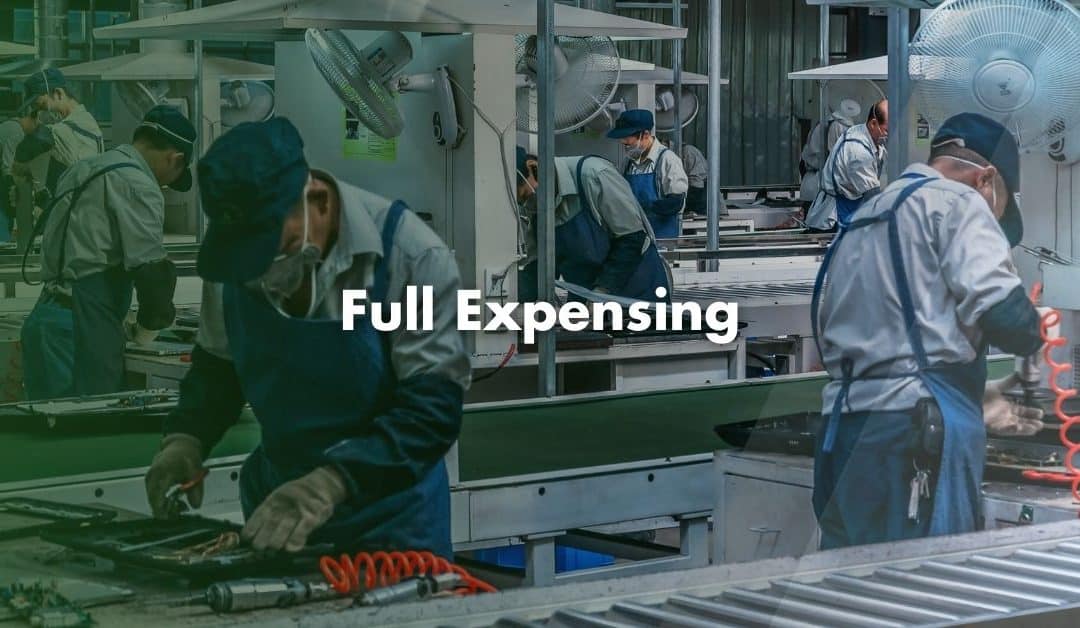Full Expensing is a tax relief which should encourage businesses to invest in their own growth. It allows them to claim the entire cost of qualifying Plant and Machinery in the year they purchase it. This immediate deduction reduces your taxable profits and frees up funds for future investments.
What is Full Expensing?
Since 1st April 2023, businesses can deduct 100% of the cost of qualifying new and unused main rate plant and machinery from taxable profits in the same financial year. This relief is only available to companies paying Corporation Tax and is now a permanent measure.
The government introduced Full Expensing to stimulate business investment in equipment and technology. With the Corporation Tax rate at 25% for many companies, every £1 spent on qualifying assets at the main rate can result in a tax saving of up to 25p.
What Assets Qualify?
Qualifying plant and machinery includes a wide range of assets, such as:
- Office furniture, desks and chairs
- Manufacturing and production machinery
- IT equipment such as computers, servers and printers
- Agricultural machinery such as tractors
- Construction machinery such as bulldozers and excavators
- Warehouse racking, forklifts and lifting equipment
These assets must be brand new and unused. You cannot claim for cars, second-hand equipment or most leased items. This generally excludes purchases from connected parties, unless very limited exceptions in anti-avoidance rules apply.
How Full Expensing Works
If you invest £50,000 in new qualifying equipment, you can deduct the full £50,000 from your taxable profits that year. At a 25% tax rate, this gives your a Corporation Tax saving of £12,500.
Unlike the Annual Investment Allowance (AIA), which provides 100% relief but has a £1,000,000 annual cap, Full Expensing has no upper limit. However, you can use the AIA for used assets and is available to most businesses, not just those paying Corporation Tax.
Moreover, if you sell an asset claimed under Full Expensing, you must add the sale proceeds back to your taxable profits in that year. This is a Balancing Charge.
Special Rate Assets and the 50% First-Year Allowance
Some assets belong to the Special Rate Pool, such as electrical systems, lifts, air conditioning and long-life assets. For these, businesses can claim the 50% First-Year Allowance in the year of purchase. The remaining balance is then “written down” at 6% annually under the special rate rules.
If you sell an asset claimed under the 50% First-Year Allowance, you only need to add back half of the sale proceeds, with the rest going into the Special Rate Pool for future deductions.
Contact Us
We are not just accountants; we are Chartered Accountants with one of the most reputable and premium accounting bodies. We are registered and regulated by ACCA; so you can rest assured that you are in good hands. Knowing this, don’t hesitate to get in touch with us if you require assistance: Pi Accountancy | Contact Us
This article is for general informational purposes only and does not constitute legal or financial advice. While we aim to keep our content up to date and accurate, UK tax laws and regulations are subject to change. Please speak to an accountant or tax professional for advice tailored to your individual circumstances. Pi Accountancy accepts no responsibility for any issues arising from reliance on the information provided.

